🌎 Problem: Global Sourcing Sounds Smart—Until It’s a Headache
Sourcing internationally unlocks access to better pricing, unique products, and market advantage.
But without a plan, it can quickly turn into:
- Language barriers
- Delayed shipments
- Quality control issues
- Supplier ghosting
- Customs nightmares
📉 Result: Missed sales windows and frustrated customers.
🌍 The Solution: Smart, Systematic Global Sourcing
The key to international sourcing?
Vet. Negotiate. Diversify. Monitor.
And above all—treat it like a strategic partnership, not a one-time transaction.
🔑 Strategies to Source Smarter Across Borders
1. Know Where to Source What
Different countries specialize in different categories:
| Country | Best for |
|---|---|
| China | Electronics, toys, home goods |
| India | Textiles, handcrafts, natural products |
| Vietnam | Furniture, apparel, coffee |
| Mexico | Auto parts, plastics, leather goods |
| Turkey | Kitchenware, ceramics, rugs |
🌟 Pro Tip: Use regional strength to your advantage in branding (e.g., “Handwoven in Turkey”).
2. Vet Suppliers with a Checklist
Before you place a bulk order, ask:
- Do they have verifiable certifications (ISO, BSCI, etc.)?
- Do they accept 30/70 payment terms?
- Can they send a product sample first?
- Are they responsive in 24 hrs?
- Can they scale with your needs?
✅ Use Alibaba, JungleScout’s Supplier Database, or SourcinBox—but do video calls and live factory tours when possible.
3. Don’t Rely on One Supplier
Diversify your supplier network.
Why?
- Risk mitigation
- Competitive negotiation
- Faster delivery fallback
📦 Many top Amazon sellers use 2–3 suppliers for their hero SKUs alone.
4. Factor In Landed Cost, Not Just Unit Price
Your $3 item becomes $6 when you add:
- Shipping fees
- Import taxes
- Freight forwarding
- Warehousing fees
📊 Use tools like Easyship, Freightos, or Alibaba Trade Assurance to map out total landed cost.
5. Understand Country-Specific Regulations
Selling in the US vs. Germany vs. UAE means different rules.
⚠️ What to check:
- Labeling laws (e.g., CE marking in EU)
- Import duties & HS codes
- Safety documentation (especially for baby, beauty, food)
- Language/localization compliance
🌍 Bonus tip: Use Amazon’s Global Selling portal to stay updated.
6. Build Relationships, Not Just Orders
Send holiday gifts. Fly out for expos. Schedule quarterly calls.
🤝 A loyal supplier = better priority during Chinese New Year, Black Friday rushes, or raw material shortages.
🧠 Case Example: Private Label Brand Expansion
A home goods seller:
- Started with 1 Chinese supplier
- Added Vietnamese supplier for durability
- Shifted lightweight items to Mexico for NAFTA shipping
📈 Result:
- Cut shipping time by 17 days
- Lowered per-unit costs by 11%
- Entered Canada with faster customs clearance
🧰 Tools to Simplify International Sourcing
- Alibaba Trade Assurance – for protected orders
- JungleScout Supplier Database – for competitor tracking
- Easyship – for shipping automation and quotes
- Keepa + Helium 10 – to validate product viability across regions
- ImportYeti – to spy on competitor suppliers
🔗 Internal & External Links
✈️ Final Thought: Think Global. Source Local. Ship Smart.
Winning on Amazon in 2025 isn’t just about what you sell—
It’s where you get it from, how fast it arrives, and how well it reflects your brand promise.
🌐 Source smarter, not harder.



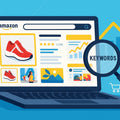
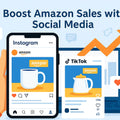
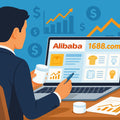
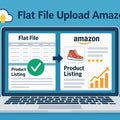
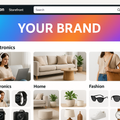
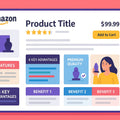
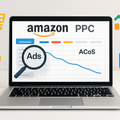
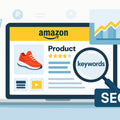

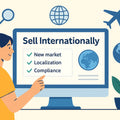
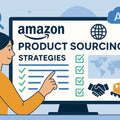
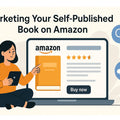


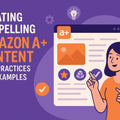





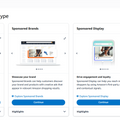
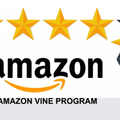


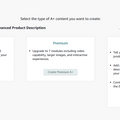




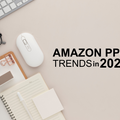





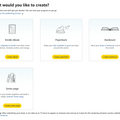




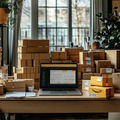





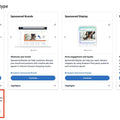





Comments
Leave a comment